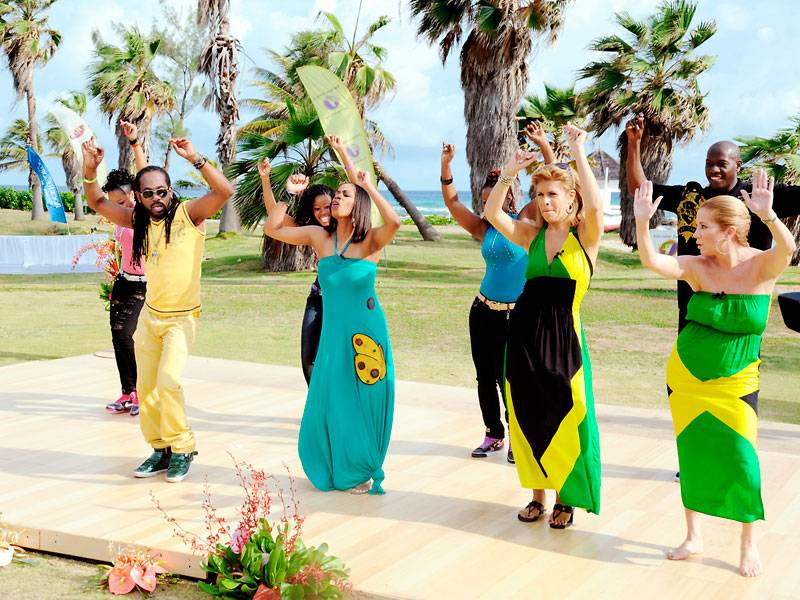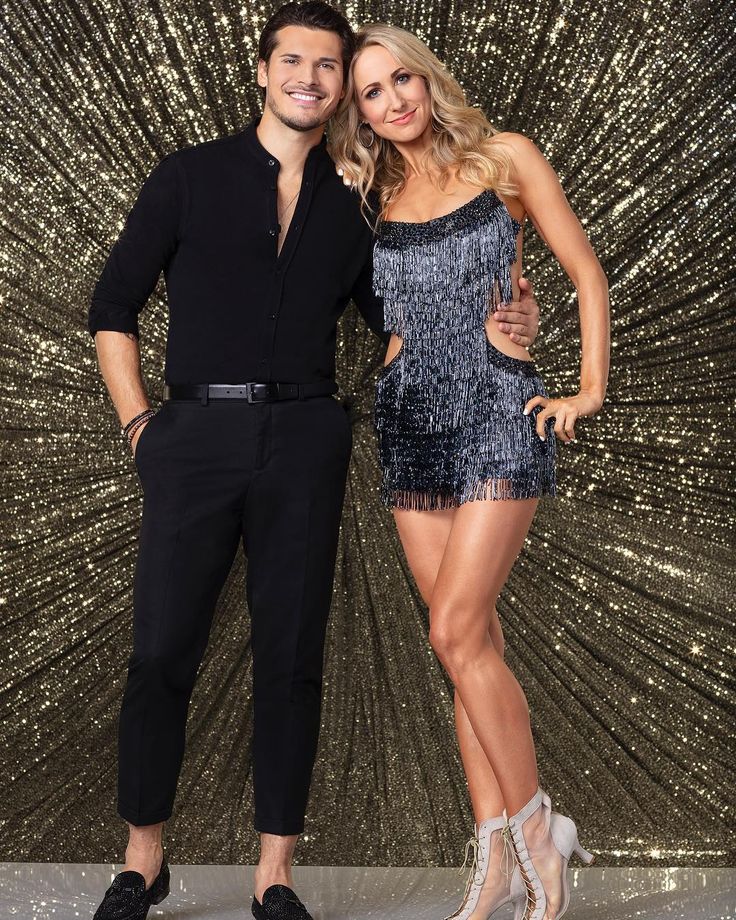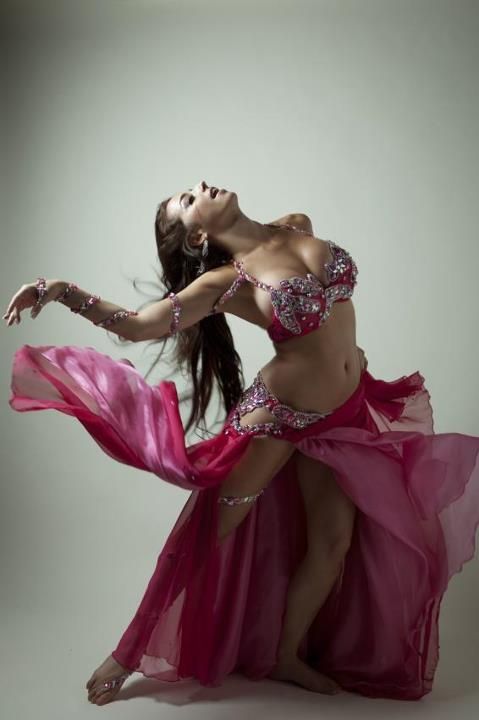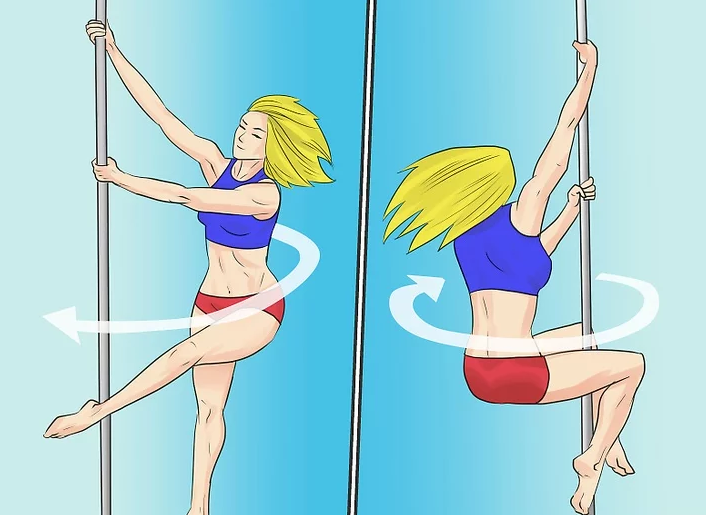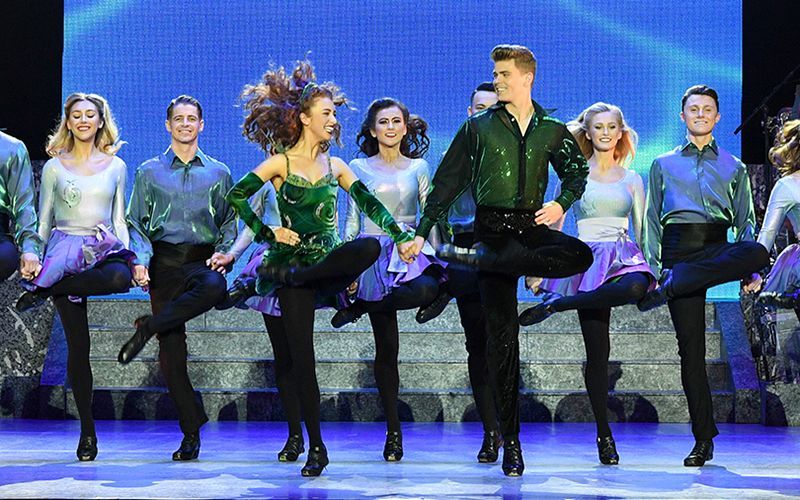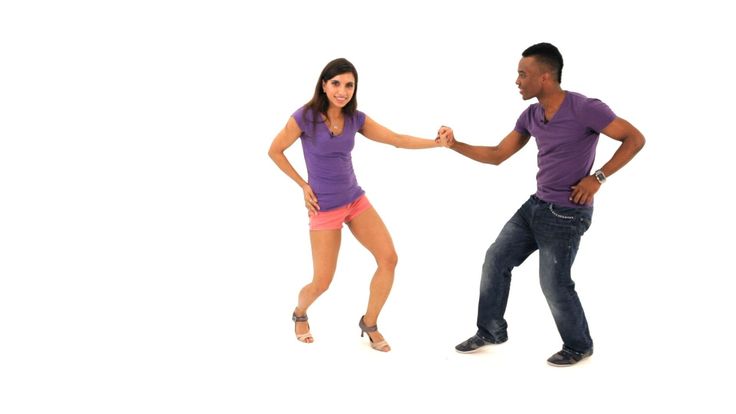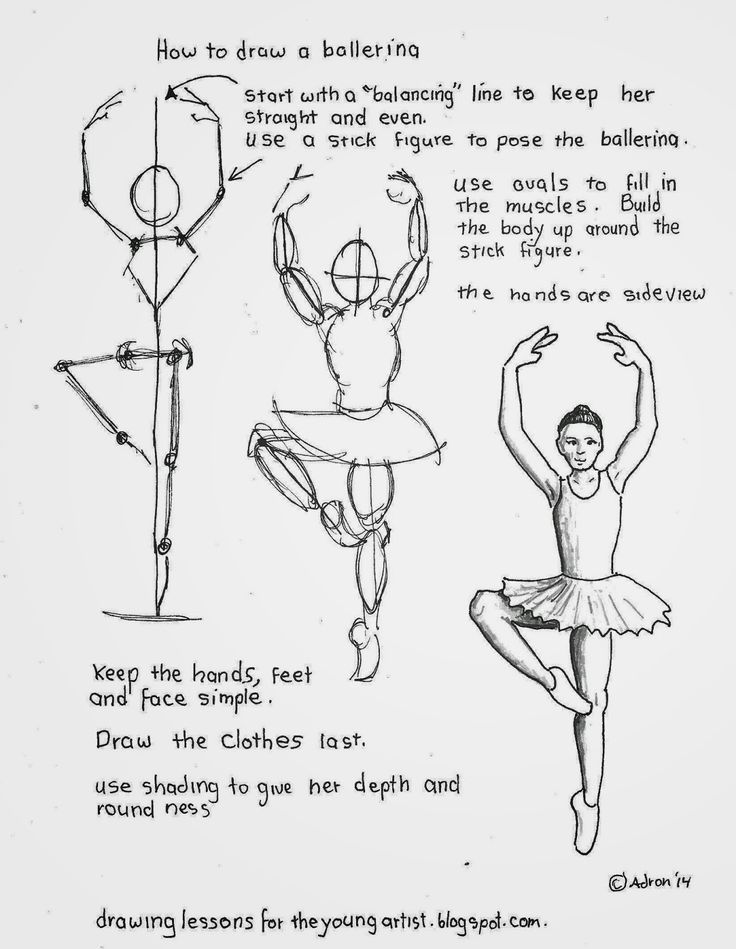Learn how to dance jamaican
Traditional Jamaican Dances | Montego Bay Cultural Centre
- Quadrille
This is a ballroom set dance, which originated in the courts of Europe and was danced in Jamaica by the gentry during slavery.
There are two styles – the Ballroom and the Camp Style – the former European, the latter the Creolised version.
Mento Bands accompany these dances playing a variety of traditional European tunes, except for the fifth figure which employs the Mento, the first music created by Jamaicans.
- Kumina or Cumina
Kumina is the most African of Jamaican cults. Kumina ceremonies are usually associated with wakes and entombments, but can also be performed at births, anniversaries and thanksgivings.
During a Kumina ceremony the exponents call upon their ancestral spirits. The dance and music are two of the Kumina’s strong features – the drum playing an integral part in this dance ritual.
- Maypole
A European retention which was originally celebrated on May first at the May Day fertility celebration in England.
The plaiting of the pole with coloured ribbons has basic traditional patterns, starting with the grand chain, basket weave wrapping the ribbons around the pole from the top.
The plaiting then continues away from the pole ending with the ‘cobweb’ plait before the full unplaiting takes place.
- Jonkunnu or Burru
Jonkunnu (John Canoe) is another of the traditional Jamaican dances of African origin. It is performed mainly at Christmas time and a strong feature of the dance is the characters, all males whose movements match their roles.
Some of these characters are Pitchy Patchy, Devil, Horsehead, Cowhead, Actor Boy, Belly Woman, Warrior, Wild Indian, to name a few.
The rhythm of the Jonkunnu Music is quite distinct from other ritual folk music with its fife and “rattling drum”- carried on the shoulders and played with sticks.
- Gerreh and Dinki-Mini
Both dances are of African origin of the wake tradition usually performed after the death of a person, and up until the ninth night after the death.
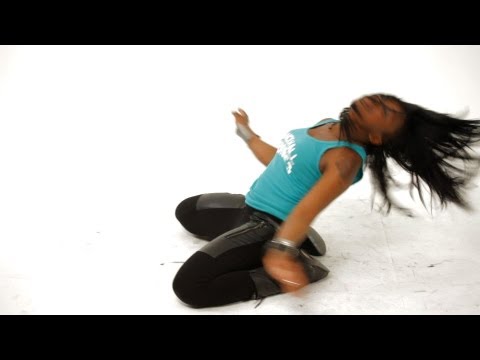
Gerreh/Dinki-Mini sessions are usually held to cheer the bereaved. It is called Gerreh/Wake in the Western end of the island and Dinki-Mini and Zella in St. Mary and Portland respectively.
- Bruckin’ Party
This traditional dance was performed in the past mainly to celebrate the anniversary of Emancipation from slavery on the 1st of August, 1838.
The main movement of the dance is the dip/kotch of the body using the feet as the arms move across the chest in an upward movement and a wheel and turn of the body.
Musical accompaniment is also the drums and vocalization. Bruckin’ Party is found only in the parish of Portland and is now performed mainly for the JCDC’s Annual Festival of Arts Competitions.
- Ring Games
Traditional Ring Games were played not only by children but also by adults as they portrayed happenings in a community with touches of humour and may deal with situations otherwise taboo in everyday speech.
However, today it is mostly a children’s game of “song and dance”, performed in the JCDC’s Annual Festival of Arts competitions.
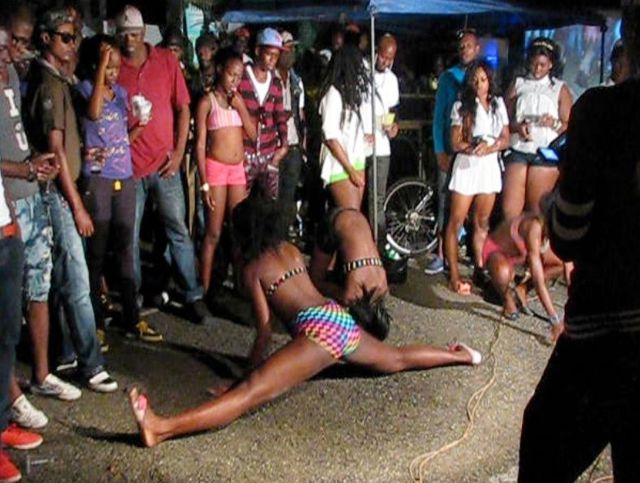
- Revival
Revival is a religious ritual resulting from an Afro-European syncretism – the mixing of African and European cultures. It has two main branches, Zionism and Pocomania.
Zionism is more Euro-Christian and deals with holy angels and heavenly spirits. Pocomania deals with earth bound spirits and has stronger African elements.
The Central Figure is a “Mother” when it is a female and a “Shepherd” when male. Mission grounds where meetings are held are decorated with holy pictures and biblical symbols, inscribed or drawn on the ground and the walls.
- Tambu
Tambu groups are found mainly in Trelawny. Tambu today is performed mainly for entertainment and it has been observed that there is similarity in the dance movements to that of the ‘Bele’ of Martinique and Guadeloupe. Drums with singing form the musical accompaniment.
- Ettu Or Etu
…is African retention kept alive by a small group of people found in the parish of Hanover who claimed Yoruba’ (Nigerian) ancestry.
 The “Ettu” play is usually performed on the occasions of weddings, feasts, ‘nine night’.
The “Ettu” play is usually performed on the occasions of weddings, feasts, ‘nine night’.“Shawling”, a feature of the dance, is a ritual of appreciation for the dancer’s skill and movements and forms an integral part of each performance.
Songs accompanied with drumming on the kerosene pan, beaten with the bare hands, form the musical accompaniment.
Reference:
National Libray of Jamaica
http://www.jcdc.org.jm/folk_forms.htm [Jun/12/08]
Jamaican Song, Dance, and Play: Experiences with Jamaican Musical Traditions
Skip to main content
Music of, by, and for the people
FolklifeFolkwaysFestival
SIGN IN
Designed by: David Aarons
University of Washington
Summary
This lesson is intended to develop knowledge about certain aspects of Jamaican music and culture. Students will experience glimpses of Jamaican culture through listening, performance, game play, and discussion.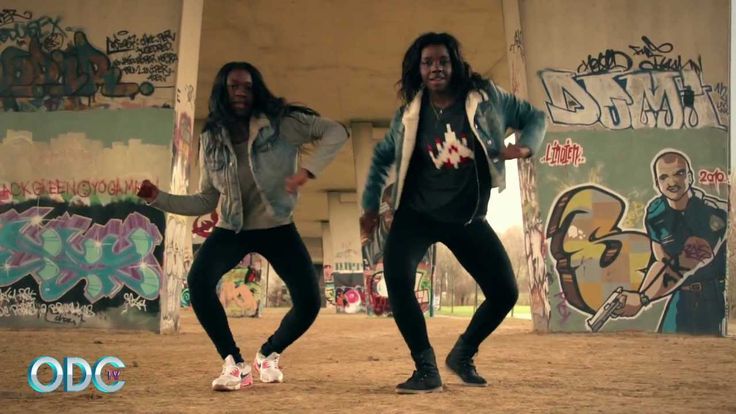
Suggested Grade Levels: 3-5
Country: Jamaica
Region: Caribbean
Genre: World music
Instruments: Recorders, side drums, body percussion
Language: English
Co-curricular Areas: Social studies, dance
National Standards: 1, 2, 6, 7, 9
Prerequisites: Recorder skills
Objectives:
- Listening to music for “big” and “small” beats
- Identifying instrumentation aurally
- Understanding the colonial legacy in Jamaica through music
- Playing a children’s game
Material:
- “Quadrille Band: Quadrille 1st Figure” from Bongo, Backra & Coolie: Jamaican Roots, Vol. 2
- “Quadrille Band: Quadrille 4th Figure” from Bongo, Backra & Coolie: Jamaican Roots, Vol. 2
- “Fife and Drum: John Canoe Music” from Bongo, Backra & Coolie: Jamaican Roots, Vol.
 2
2 - “Manuel Ground” from Children’s Jamaican Songs and Games
- Pictures of Jamaican instruments that will be heard in these recordings
- Pictures and maps of Jamaica and the surrounding Caribbean islands
- Pictures or video clips of traditional Jamaican dances
Lesson Segments:
- European Set Dances in Jamaica (National Standards 2, 6, 7, 9)
- Bringing to Life Jamaican Fife and Drum (National Standards 2, 6, 7, 9)
- Singing and Playing a Jamaican Folk Song and Game (National Standards 1, 2, 6)
Lesson 1: European Set Dances in Jamaica
“Quadrille Band: Quadrille 1st figure”
from Bongo, Backra & Coolie: Jamaican Roots, Vol. 2 (1975) | FW04232
“"Quadrille Band: Quadrille 4th figure"”
- Play the track “Quadrille Band: Quadrille 1st Figure.
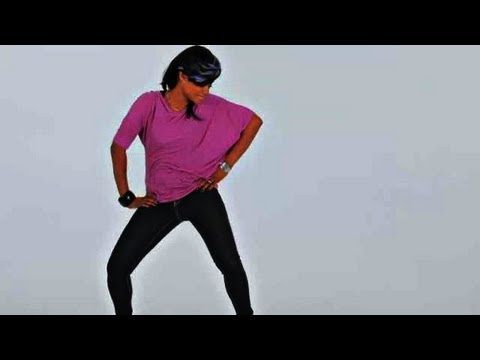 ”
” - Ask the students to tap the big (main) beats on their laps.
- Then get the students to tap the small beats (subdivisions) on their laps.
- Ask: Can the small beats can be played in groups of two or four (simple meter) or in groups of three or six (compound meter)? (Compound.)
- Play the track again asking the students to pay attention to the instrumentation.
- Ask: What instruments do you hear? (Guitar, banjo, fife.)
- Play the recording again and ask the students to imitate the guitar or banjo strum patterns by tapping them on their laps.
- Share this insight on the quadrille (also see liner notes):
- In the nineteenth century, the enslaved Africans in Jamaica learned to play European set dances on European instruments.
- The enslaved people played music for the Europeans but also for themselves.
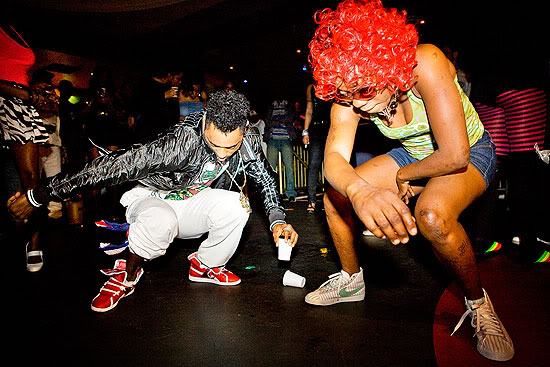
- Eventually the music, although originally European, gained a “Jamaican flavor.”
- Play the track “Quadrille Band: Quadrille 4th Figure.”
- Based on the previous exercises, ask the students to identify the differences between this figure and the first figure. (This one is faster, in simple time, with more intense banjo strumming.)
- Play both tracks one after the other.
- Ask the students to move to each track in the way they think might be appropriate to European set dances in Jamaica.
- Which figure sounds less “European”?
Assessment:
- In small groups, students will be asked to come up with a dance that accurately portrays the rhythmic flavor of the first piece they listened to
- Then students will come up with a contrasting dance that fits more appropriately with the second piece they listened to
- Students should be able to explain their dance choices using music terminology from this lesson
Lesson 2: Bringing to Life Jamaican Fife and Drum
“Fife and Drum: John Canoe Music”
from Bongo, Backra & Coolie: Jamaican Roots, Vol.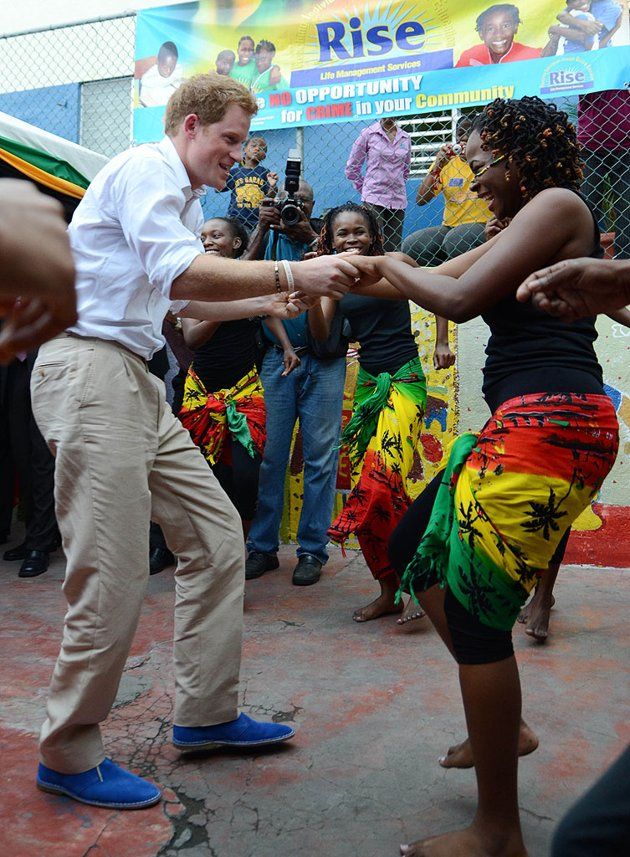 2 (1975) | FW04232
2 (1975) | FW04232
- Play the track “Fife and Drum: John Canoe Music.”
- Have the children march in time with the music.
- Ask: What instruments do you hear? (Fife, snare/side drum, bass drum.)
- Teach (by memory) these two fife patterns on the recorder to some students.
- Have the students play each pattern four times before switching to the next pattern.
- Teach these drum rhythms to a few students. They should be played with sticks on any available snare and bass drums (marching drums would be preferable).
- Without playing the recording, have the students put their parts together one section at a time. Try to have them march around the room while playing these instruments.
- Give focus to the fife and drum traditions in Jamaica (see liner notes).

- Tell the students that fife and drum music in Jamaica is most closely associated with the John Canoe (Jonkanoo) masquerade festival.
- The festival usually happens around Christmas time.
- The music is related to the music of the British fife and drum corps heard during the period of English colonization in Jamaica.
Assessment:
- Check to see whether all students can accurately play the fife melodies on the recorder
- Check to see whether students can accurately play the rhythms of both the snare and bass drums while marching to the beat
Lesson 3: Singing and Playing a Jamaican Folk Song and Game
“Manuel Ground”
from Children's Jamaican Songs and Games (1957) | FW07250
- Have the children sit in a circle so that their knees are touching the knees of the persons on either side.
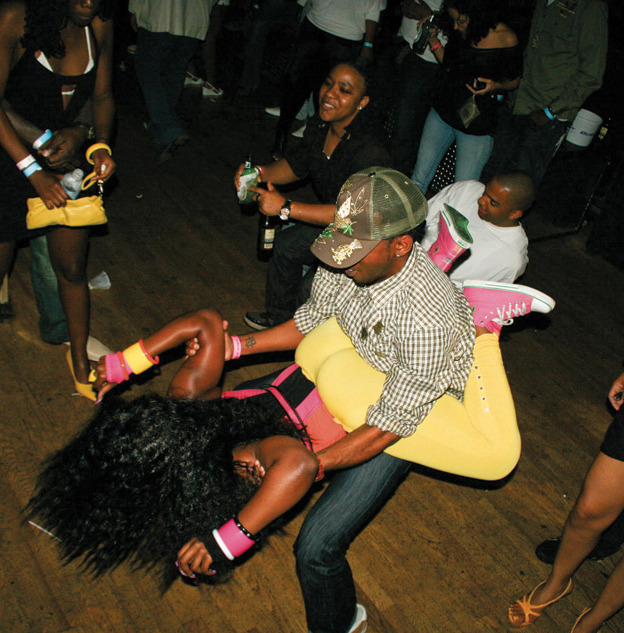
- Play the recording “Manuel Ground” (Emanuel Road).
- Have the children tap the beat on the floor in front of them.
- Get the children to sing the response “gal and boy” (girl and boy) along with the track.
- Place stones or bean bags in front of each student.
- Explain that they will be passing their stone with their right hand to the person to their right.
- Practice opportunity:
- Have each student pass their stone to the right and then collect the new stone in front of them. Practice this a few times by repeating the words “right, front, right, front” to a steady pulse. When you say “right,” they pass to the right; when you say “front,” they collect the stone in front of them.
- When they are comfortable passing the stones together, try to get them to pass to the beat of the song.
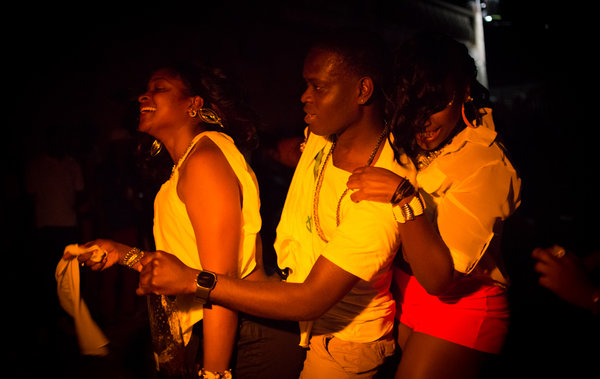
- Tell them to start passing when the singer gets to the part “bruk dem one by one.”
- They should sing the response “gal and boy” while playing the game.
- Try to learn the calls and sing with the children without the recording.
-
The bolded words correspond to the motion to the right while the underlined words correspond to the collection of the new stone.
Go down Emanuel Road, gal and boy fe go bruk rock stone (x2)
Bruk dem one by one (gal and boy)
Bruk dem two by two (gal and boy)
Bruk dem three by three (gal and boy)
Finger mash no cry (gal and boy)
’Member a play we dah play (gal and boy) - Increase the tempo until the game falls apart.

Assessment:
- Check to see whether students are able to pass the stones to the beat using a variety of different tempos
- Check to see whether they can accurately sing the song and pass the stones at the same time
how the rebirth of the classical dancehall took place
Relatively recently, just a few years ago, a dance with Jamaican roots came to Moscow. Previously, soft, deceptively relaxed dancehall movements hid a strict rhythm, a well-developed dynamics. But everything in this world evolves. Those who like to relieve stress on the dance floors were not satisfied with the calm Jamaican reggae. Therefore, DJs switched from him to recitative, hip-hop, jazz. Expressive, plastic and feminine movements have added fire, which now includes shaking, undulating swaying of the hips and chest. nine0003
Dancehall has two directions - male and female.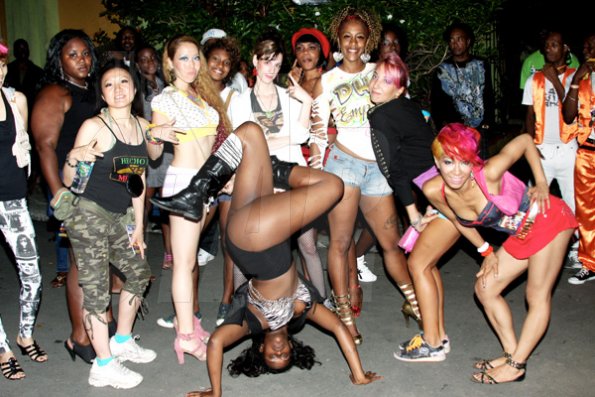 An hour-long lesson in intensity is not inferior to the loads when doing fitness. Movements for ladies are focused on the maximum involvement of the lower body. Modernized pas load legs, buttocks, abs, arms.
An hour-long lesson in intensity is not inferior to the loads when doing fitness. Movements for ladies are focused on the maximum involvement of the lower body. Modernized pas load legs, buttocks, abs, arms.
Dancehall training is simple at first: squats and lunges are done with half-bent knees. In the process of improvement, the amplitude gradually increases. Rigid, energetic men's steps differ sharply from emphatically sexy, seductive women's. In general, dancehall can be called a dance of contrasts: emotionality and aggressiveness are interspersed with bright sensuality. nine0003
Dancehall Promotion Troika
Dancer Amari Marshall believes that dance training should be progressive. Before staging a dancehall, students should liberate their bodies, take an advanced hip-hop course. The physical, spiritual resonance, the sultry expansion of the dance seemed to capture the sun-drenched streets of Jamaica - the birthplace of mixed rhythms. A beginner who is not prepared for them may not be able to cope.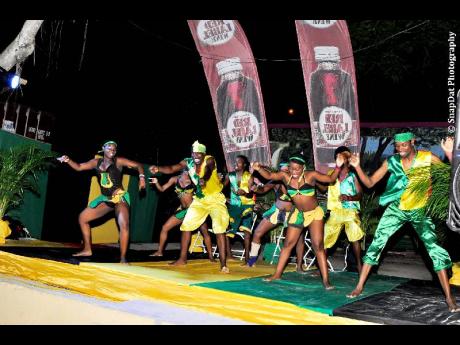
The film "King of the Dancehall", dedicated to Jamaican dance, is known on the Internet. Nick Cannon, who believes that the dancehall philosophy is about freedom, imperceptibility of pain in cases where the music scourges you, became the lead actor. Filming took place in Jamaica, in one of the scenes the genre of electronic music was involved. nine0003
Lehr Courteillemont was so inspired by Jamaican rhythms that she created her own dance style Ragga Jam based on them, a kind of African-Jamaican mixture of fitness and dance. Now this species has stepped over the sexual boundary: both men and women are fond of it. The vulgarity is gone, the charm and tenderness remain. But the bright Frenchwoman believes that the primitiveness of the dance is the main thing. It is in her that she draws relaxation and money, giving lessons around the world.
The intensity of life is growing, people need more and more psycho-emotional and physical relaxation. If they find the first in the sacraments of confession, repentance, communion, then the second - on the dance floors.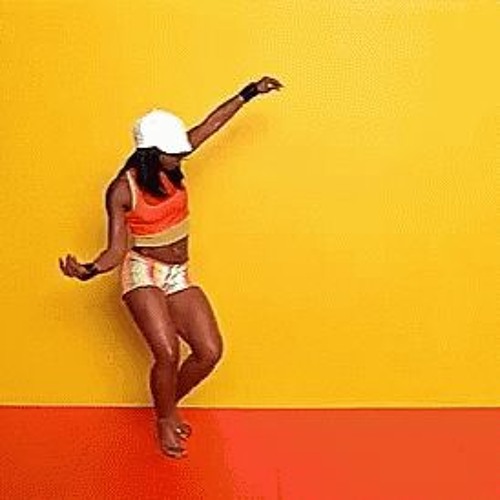 Paul Bragg also proved that movement is one of the best means of creating a healthy nervous system. Why not choose a dancehall dance for this? nine0003
Paul Bragg also proved that movement is one of the best means of creating a healthy nervous system. Why not choose a dancehall dance for this? nine0003
Sign up for a free class
Just fill in these fields
and we will contact you
Hip-Hop DancingDanceHallTwerk | Booty DanceTwerk | TwerkGo-Go | Go-GoBreakdancePoppingJazz FunkStretchingHouse DanceBody WorkHigh HeelsBody MadeContemporaryContemporary DanceStreet DanceRhythmDanceHall KidsStreet DancingBooty Dance | Booty DanceContemporary ChoreographyKrump | KrumpLady's StyleWaacking & VogueRagga | RaggaClub DancingBaby DancingWedding DanceExperimentalIndividualVIP GroupsHip Hop ChoreoBallet / ChoreographyBooty Dance | Booty Dance Jazz Modern Street Dance Kids Break Dance Kids Dancehall Female0003
Dance Directions
- Hip Hop Dancing
- Hip Hop Dancing
- DanceHall
- DanceHall
- Twerk | Booty Dance
All Directions
Traditional Jamaican Dances (part 3)
1
+1
0
| Folk dances
Dances of the World
Jamaican Dances
Dancing is a popular pastime in Jamaica, and visitors to the country can find a performance of their choice every day or even join in on the fiery dances.
Jamaican dances
Pukkumina
Even though the Pukkumina dance is based on the rituals of mialism, it is still part of the traditions of the Renaissance. The rituals themselves in the dance differ depending on the venue of the dance, but all use specific music that helps to achieve a state of trance. Usually such a dance lasts three days, and in it the bulk of the dancers surround the soloist, who circles in the center like Turkish dervishes. nine0003
Jamaican dance
The development of modern dance in Jamaica
From the mid-1900s, modern dance began to flourish on the island. Although at first glance, such dances were taught only to fair-skinned islanders, the Jamaican girl Hazel Johnston decided to change this tradition. Johnston went to England to study music and dance, after which she returned to Jamaica. Hazel became the first dancer to build her own studio on the island, and the reason for this is simple - no one wanted to rent space for her studio.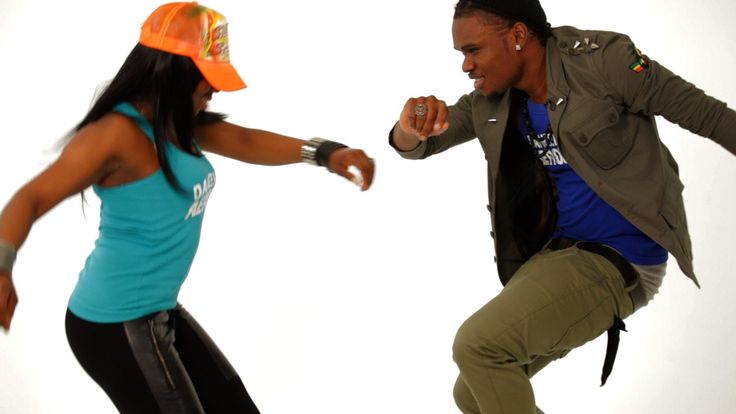 The girl began to work on the development of dance theater based on Jamaica's own culture. nine0003
The girl began to work on the development of dance theater based on Jamaica's own culture. nine0003
Jamaican dancing
Johnston never saw her dream come true because she died young. But Ivy Baxter, a student of Johnston, managed to combine the classical style and Jamaican folk dances. She founded the Ivy Baxter Creative Dance Group in 1950. Rex Nettleford and Eddie Thomas immediately joined this team. The group began running summer dance courses at the University of the West Indies, where Nettleford taught. In honor of Jamaica's independence at 19Roots and Rhythms was staged in 62, choreographed by Baxter, Nettleford, and Thomas. Soon these same people founded the National Dance Theater Company, which held annual performances in July or August in Jamaica. Since then, many other groups have been founded on the island, including a number of troupes at the University of the West Indies.
Jamaican dances
Jamaican dancers also began to perform outside of Jamaica: Clive Thompson danced for Evie Baxter's group, but he also performed in the famous Martha Graham Dance Company and Alvin Ailey Dance Theatre. Garth Fagan started his own troupe, the Bucket Dance Company, and taught at the University of Rochester in New York State. He also won a Tony Award for choreography in the Broadway production of The Lion King. nine0003
Garth Fagan started his own troupe, the Bucket Dance Company, and taught at the University of Rochester in New York State. He also won a Tony Award for choreography in the Broadway production of The Lion King. nine0003
Jamaica, ethnicity, traditions
Share a link
Blog Tags
Find a tag:
Follow @4dancing
4dancing
Small mosaic
large mosaic
